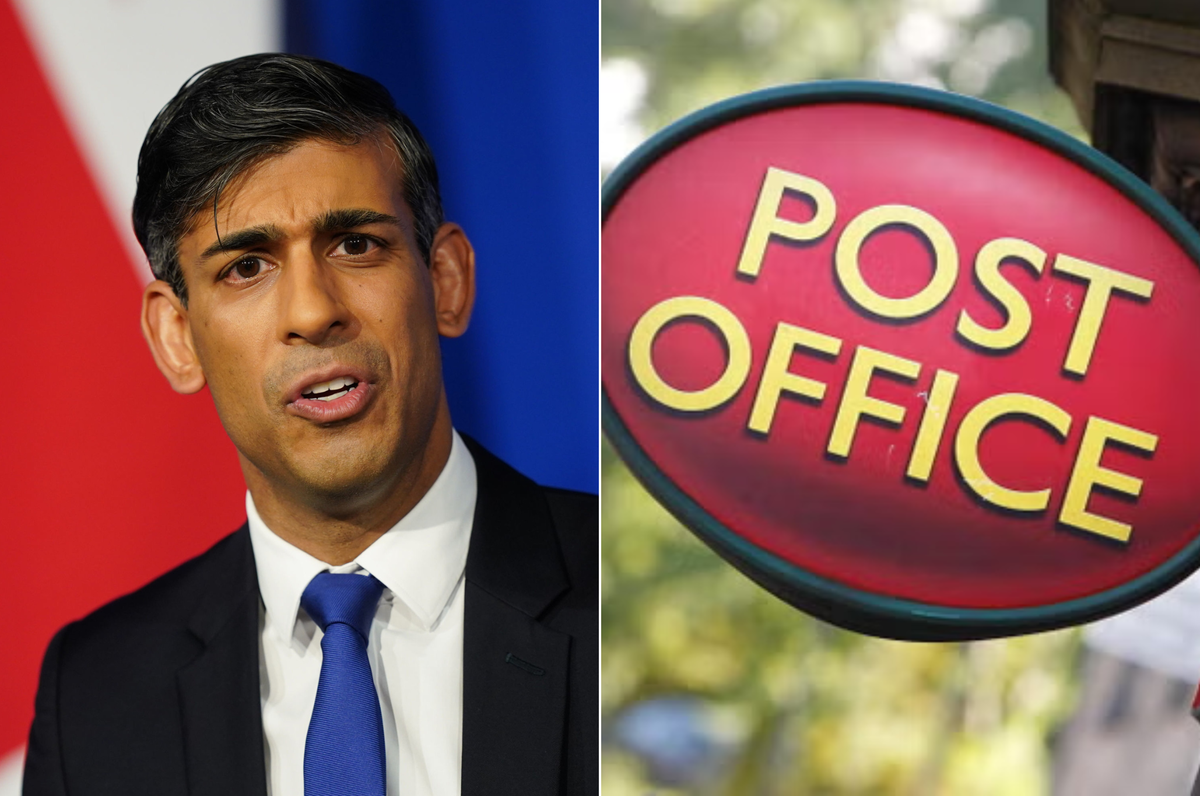At some point in the next few weeks, when she wins her 1,203rd game, Tara VanDerveer at Stanford will surpass Mike Krzyzewski at Duke as the winningest college basketball coach (man or woman) of all time.
It took Krzyzewski, known as Coach K, 47 seasons to reach that milestone. T Dawg, as VanDerveer is affectionately called on campus, will get there in 45, 38 of them at Stanford. He will also do so with a higher winning percentage: about 82 percent of his games, compared to Krzyzewski's 77 percent. He has won three NCAA championships, even though many of the country's top basketball athletes cannot play for her because they do not meet Stanford's academic standards.
Most CEOs are lucky to have a decade of advancement in their position. How can a leader be so successful for nearly half a century, with a winning record at Stanford in every season after the inaugural in 1985?
Then there's the fact that NCAA sports have changed rapidly in recent years. Now, collectives of big donors at competing schools are paying large sums to attract and retain athletes not only in football but also in other sports, including women's basketball. (VanDerveer's own players have turned down substantial offers.) And soon, colleges could be allowed to pay athletes directly. But Stanford donors, wealthy as they are, have so far not given as much as those at other schools.
At 70, VanDerveer is a decade or two older than many of his most successful competitors. She is old enough to be the grandmother of her players. But through generations of cultural shifts and a transformation of college athletics, she has found ways to adapt. Perhaps there are lessons from her success for other boomers who find themselves in a workplace full of younger colleagues.
This interview has been condensed and edited for clarity.
When you took this coaching job four decades ago, your father said you were crazy because you couldn't win at basketball at Stanford. Were you crazy?
In 1985, I had a great coaching job at Ohio State (28-3 the previous season, while Stanford was 9-19). We had just beaten Stanford by 32 points. But one player we recruited, Emily Wagner, chose Stanford over Ohio State, because if she got hurt or things didn't work out on the court, she would be happy at Stanford. Emily was probably the reason they hired me, because she told the athletic director that she wanted to play for me.
I said no the first time, then I went back and met with Stanford track coach Brooks Johnson. Brooks, who is black, said the Stanford team was almost all white and that he could help me recruit a very diverse team. It was brilliant.
As for my dad, I told him, “We just have to get three or four of the best players in the entire country.” And we did it.
Your own rules for leading a winning team?
Hire well. As my father used to say, “You can't win the Kentucky Derby on a donkey.” And not just the players but the staff. Make sure they complement you rather than compliment you.
Have a vision for your players and give them the tools. Maximize people's strengths and minimize their weaknesses.
Don't be the center of attention. Don't micromanage and seek opinions.
Outperform the players on your team. Take care of yourself: Eat, sleep well, and exercise so you can take care of each other. If you don't know how to swim, you won't be able to rescue the other swimmer and you will both fall.
You can't have 15 personalities, one for each player. But you can recognize each other's differences, get to know them, and understand where they stand.
All behavior is communication, not just words but also eye contact and body language.
Know that if your senior leaders are unhappy, your entire team will be.
Learn the art of controlled fusion.
The controlled crisis. Can you elaborate on that?
I try to be even-keeled, not to go up or down too much. I'm intense, but I'm not a shouter who commits technical fouls. I want to set a good example for my players by demonstrating self-control. Only once did I go completely crazy: about 35 years ago. We were about to play the number one team, Purdue. We had lost a couple of games and I had implemented a routine during the warm-up, with more ball handling. They didn't do it with any enthusiasm. I got furious. Before the game in the locker room, all the players understood what I thought. Yes, we beat them. It was the only game Purdue lost in a 34-1 national championship season. But I didn't feel good about it. They were college women and I wanted to treat them like adults. It wasn't what I wanted to be.
Are there other secrets to your success as a leader?
I love what I do. And I have wonderful people around me: assistant coaches who complement me with different strengths. My associate head coach, Kate Paye, is incredibly organized. I'm more pie in the sky. My assistants are better at technical things, like editing gameplay videos. They are thorough explorers. And sometimes players need to talk to someone besides the head coach, and they are attentive listeners.
I'm also not afraid to take risks and experiment. We run one type of crime for at least 12 years with great success. When our team's personnel changed, I studied the “Princeton offense” and thought it fit our team better. We won the NCAA in 2021 with that offense.
Furthermore, I am a lifelong learner: of teachers, assistants and players. I watch other Stanford teams practice and ask the coaches about their training methods. And I watch a lot of basketball. I am a photocopier who takes ideas from other basketball coaches.
My parents, who lived in upstate New York, were the people from whom I learned the most about leadership. They were teachers and we didn't have much money, but we did incredible things.
They emphasized the common good. We were five children. They supported us all in different ways. They sent me to a private school. They gave my sister a car. They didn't keep score. They simply understood what each child needed. I am like that, trying to understand what each player needs, and the needs are different.
You've mentioned your piano teacher as an inspiration. Because?
She took me where I couldn't go alone. That's what a great coach does.
Twenty-five years ago, at Christmas, when I was around 40 years old, I decided to learn piano. My sister Heidi (head women's coach at UC San Diego) bought me a keyboard. After two weeks I thought, I can't do this, so I found a teacher, Jodi Gandolfi. So now suddenly I'm a student. I wasn't used to being a student. You become vulnerable. You have to play in a recital and I would fail, like the child who misses the free throw at the end of the game. That helped me relate better to our players.
After a year, she was much better and when people were surprised, she kept saying, “It's not me, it's Jodi!” It wasn't just that she was so good technically, but that you wanted to please her. When she didn't have time to practice, she would say, “Don't worry, this time we can play a duet.” She really understood me.
And I learned that if you want to be better, don't be afraid to ask for help.
What would you advise your fellow Boomers as they struggle to remain relevant in a younger workplace?
Most importantly, we can show our younger colleagues that, like my piano teacher, we can take them to a place they can't get to on their own.
Be yourself, but don't fight the change. Young people are the only ones who have grown up with technology (they live on their phones) and with a pandemic. He understands where they come from.
How is your job different now that your competitors' fans are forming collectives to pay their players hundreds of thousands of dollars a year for the use of their “name, image and likeness (NIL)” and courting stars like your American Cameron? Edge. And what will it mean if universities start paying athletes directly?
Now I have to work harder to convince families that the return on investment of a Stanford education will exceed the NIL or collective money. But the new Stanford collective is very important to the success of our team. And if colleges can pay athletes directly, that will help ensure that women achieve the same performance as men, thanks to Title IX. We have worked very hard for equity. I've fought for that all my life.
We are inspired by those who play (and work) for us. Tell us about some players who inspired you.
Angela Taylor was on the team that won the national title with two all-American guards, so she almost never got to play. I asked him about her role. She said, “to spread the sunlight.”
Jennifer Azzi was on my national team boarding the bus at 3:30 a.m. on a freezing night in Ukraine when we passed a group of women in thin coats struggling. She got out of the bus and opened her purse and suitcase for them. Her teammates followed her.
Jayne Appel played her last game at Stanford with a broken foot, and after the game she didn't want to take off her uniform: she loved playing.
Jamila Wideman told her teammates to lift their heads after Old Dominion beat us in the semifinals and they were lying on the floor crying. I couldn't get their attention, but Jamila got them to stand up: “I'd rather lose with you than win with anyone else.”










